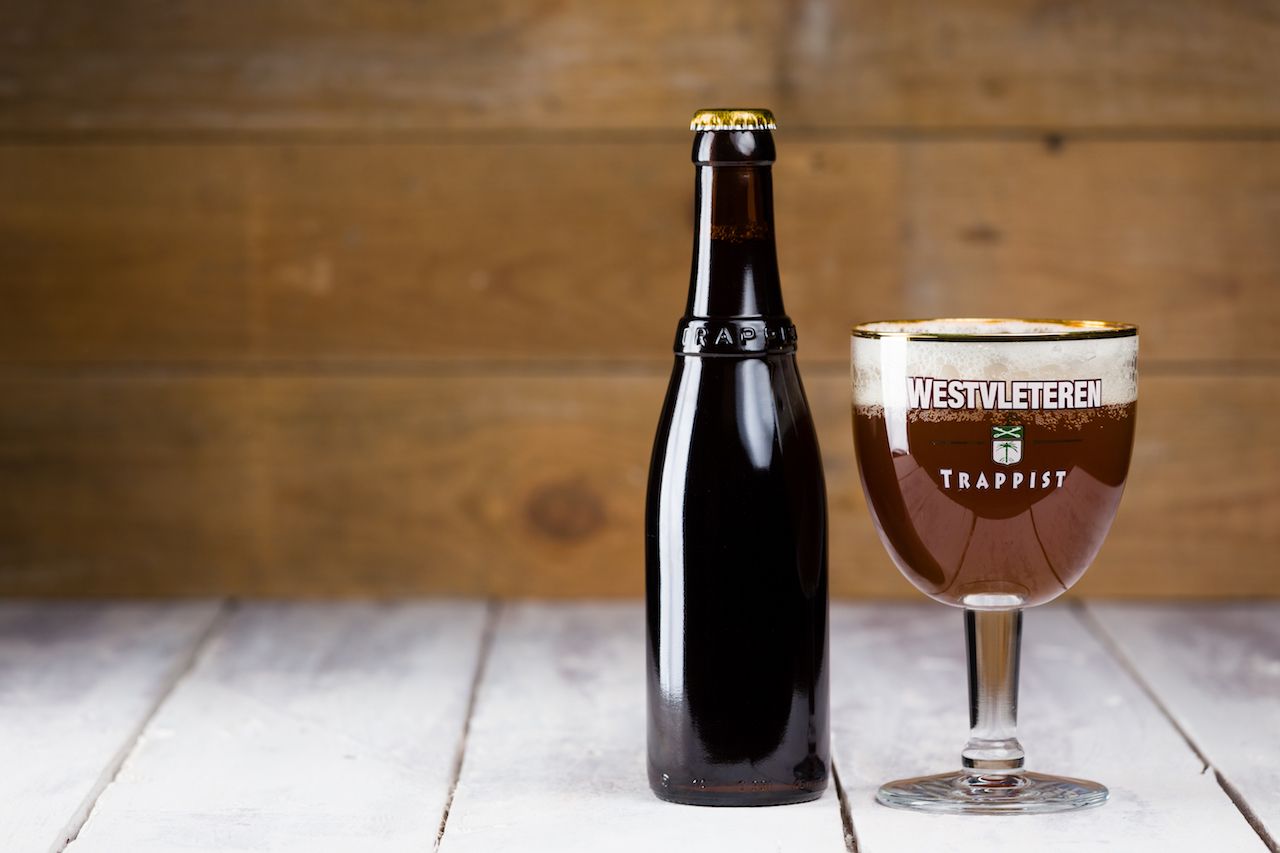In the world of cloistered living, not all situations are created equal. Devout individuals have filled monasteries and convents for thousands of years, choosing to dedicate their entire lives to worship. However, certain monasteries and convents add another side to the religious life: food and drink. For these lucky few, the daily prayer and scripture are broken up by the occasional culinary — or even better, booze-filled — break. Although said devotees may not necessarily be imbibing themselves, monks and nuns have a long-standing history of producing alcohol, baked goods, and various other gastronomical delights tracing basically as far back as the concept of cloistered living has existed.
These are the best food and drinks coming out of monasteries around the world.


